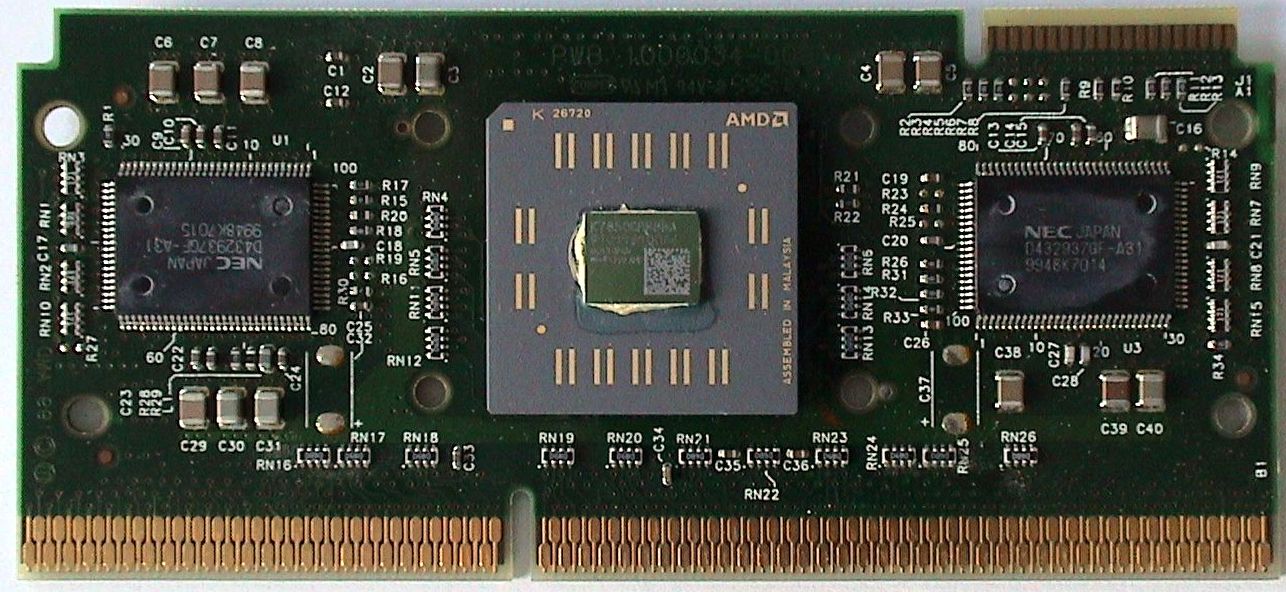hoom
Veteran
Time for the return of CPU Slots?The only suitable memory for a gpu would be gddr solutions or stacked memory such as hybrid memory cube or high bandwidth memory. Gddr5 would have to be soldered to the motherboard, not sure about stacked memory.

People have been pronouncing the death of discrete GPUs for like 10years.
I am pretty sure that PC gamers will continue to demand more powerful GPUs & that need will be filled.
Not necessarily by discrete GPUs but definitely a separate Gaming focused product.
